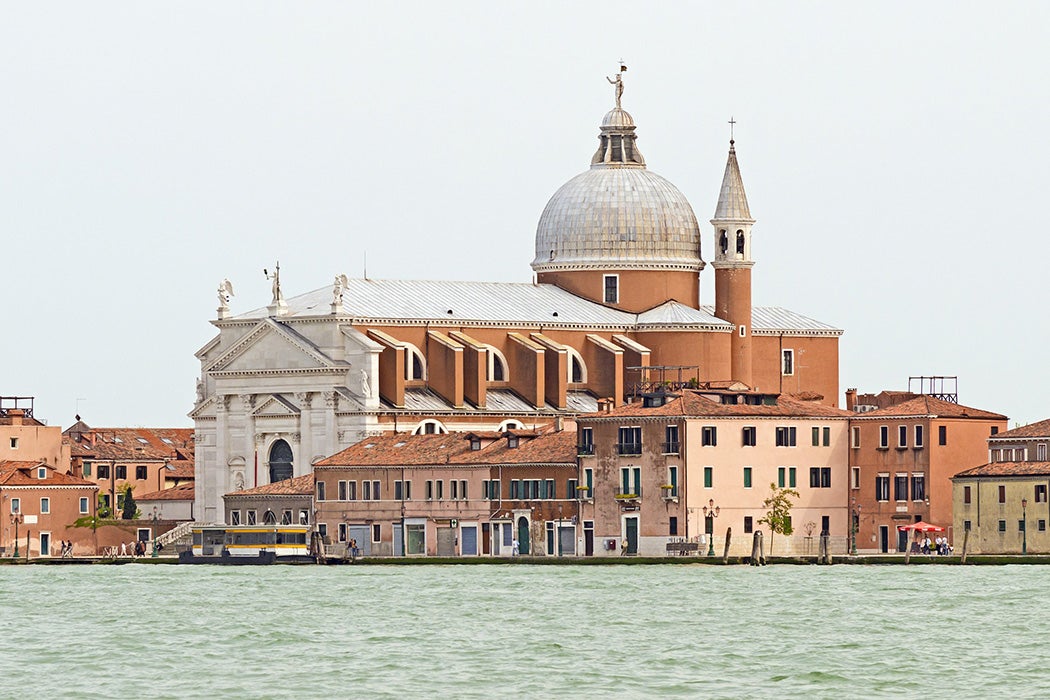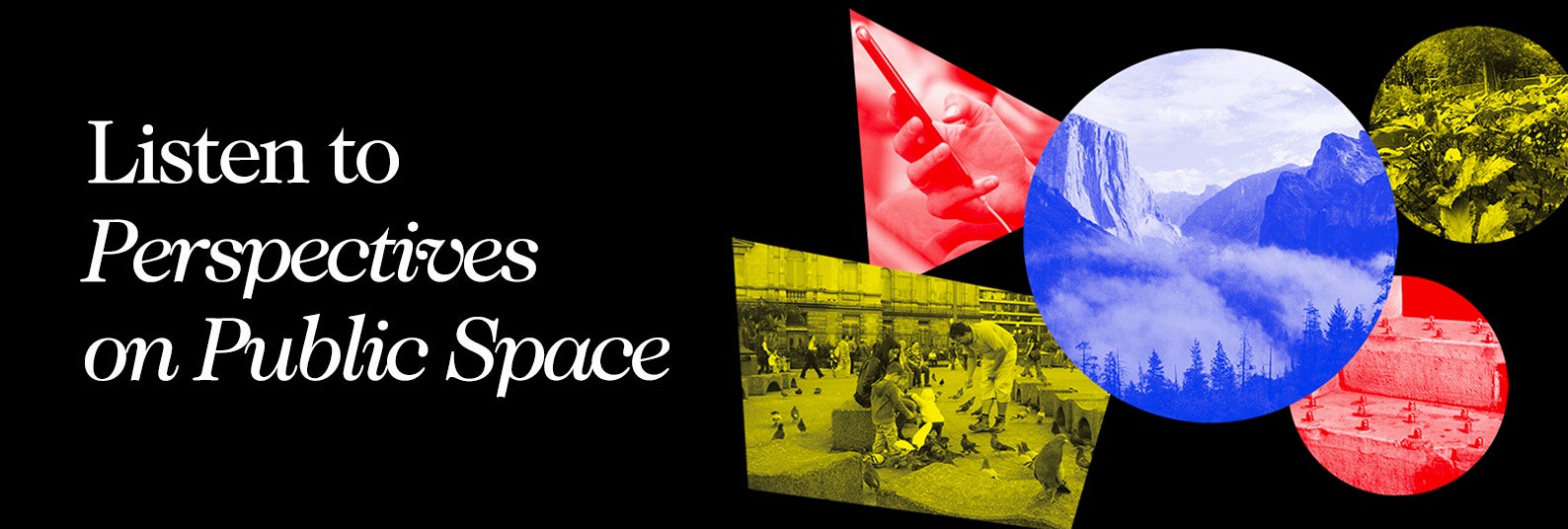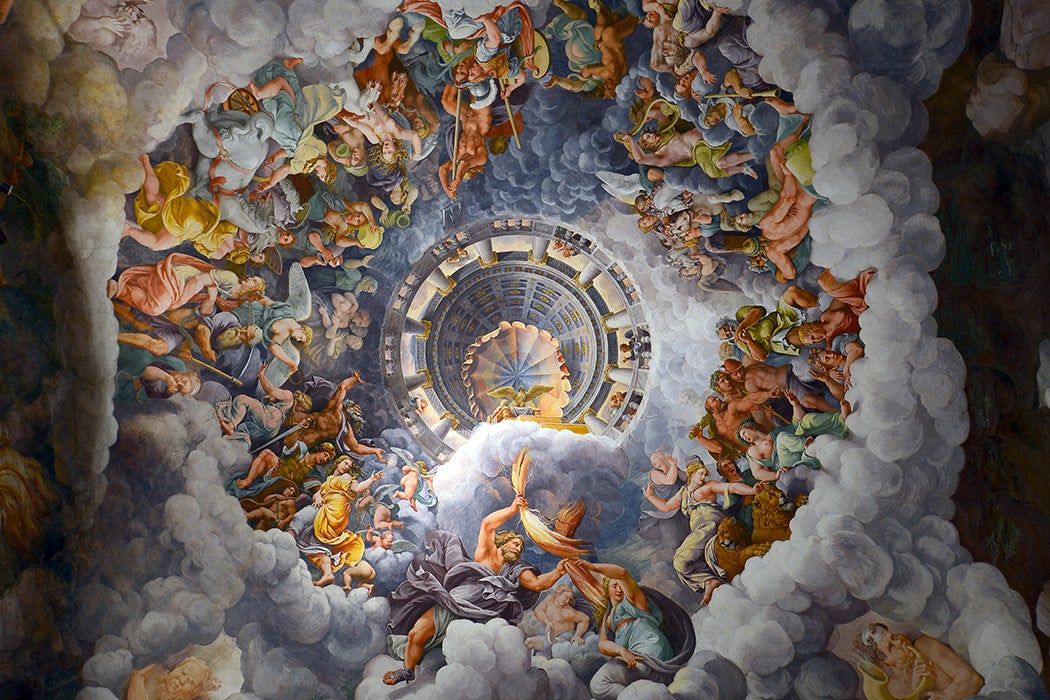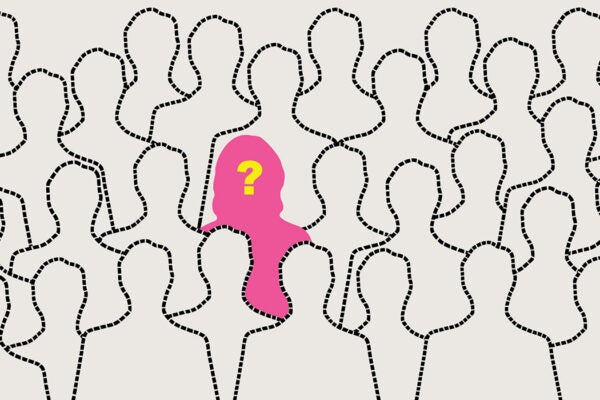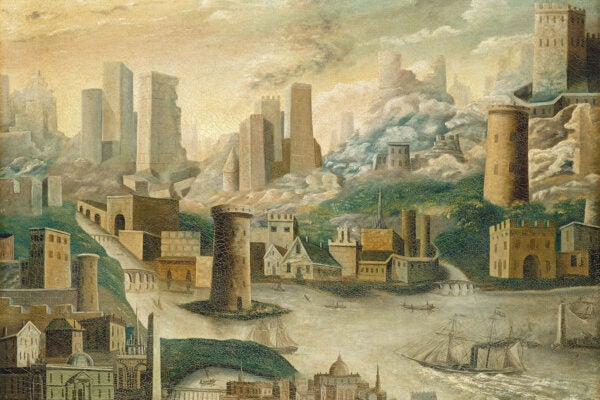For hundreds of years, the aesthetics of the Ottoman Empire fascinated Europeans. As art historian Deborah Howard writes, that included taking inspiration for buildings in Istanbul, from churches to bathhouses, to create cosmopolitan spaces back home.
Following his armies’ conquest of Constantinople in 1453, Ottoman sultan Mehmed II famously transformed the Hagia Sophia, built as a Christian church, into a mosque. In the decades that followed, Howard writes, new Ottoman mosques incorporated related elements, including large domes, into their designs.
These mosques, in turn, influenced Christian European builders. For example, Palladio’s Church of the Redentore, built in Venice in 1577, features minaret-like towers flanking a large dome. And, more than a century later, Austrian architect Johann Bernhard Fischer von Erlach brought Ottoman influences to the Karlskirche in Vienna. Howard suggests that this reflects the city’s aspiration to be a “third Rome,” following in the footsteps of Constantinople’s “new Rome.”
At the same time, she writes, in a Europe that felt threatened by the Muslim world, the use of Ottoman techniques “helped to sublimate the potential danger of the ‘other.’”
Meanwhile, European travelers to the Ottoman Empire were also bringing back stories of what became known as Turkish baths. While public baths had been a feature of ancient Roman cities, in later centuries Europeans typically encountered them only in eastern Mediterranean trading communities like Damascus. In 1679, the first such facility opened in London, modeled on Ottoman designs with a central cold bath, alcoves containing warm baths, and a sweating room. Several other bathhouses opened in London soon afterwards, helping to create a new kind of recreation open to all social classes—and to both men and women, albeit on different days.
More to Explore
Lessons in Mannerism at the Palazzo del Te
Howard writes that another import from Istanbul was the coffeehouse, the first of which opened in London in 1652. Just as in the Ottoman world, the shops in London, and then other parts of England, became meeting places for men of all backgrounds to gather, gossip, do business, and talk politics. In 1675, Charles II was so bothered by their use to “spread scandalous reports concerning the conduct of his Majesty and his Ministers” that he attempted to ban them—though public opposition quickly forced him to backtrack.
Weekly Newsletter
Like baths and coffeehouses, garden pavilions known as kiosks helped transform public life in Europe. At Vauxhall Gardens in London, for example, Frederick Prince of Wales built the structures in imitation of designs from the grounds of Topkapi Palace in Istanbul. They offered a space for members of the public to mingle, picnic, and enjoy the exotic surroundings. Eventually, of course, “kiosk” became a different sort of structure, dedicated to the selling of newspapers or flowers, connected to the Ottomans only by etymology. But Howard notes even this was part of turning sections of a city into public, cosmopolitan spaces that incorporated both people of different social status and ideas from around the world.
